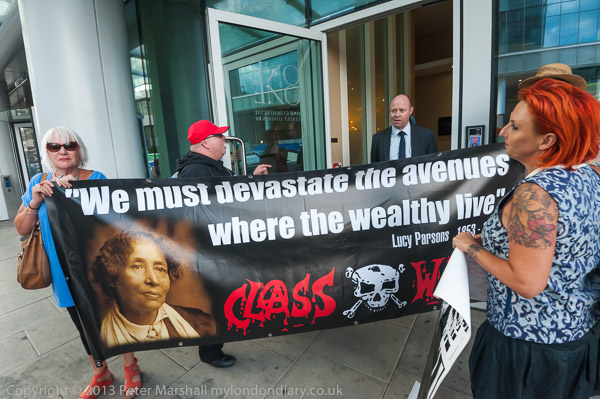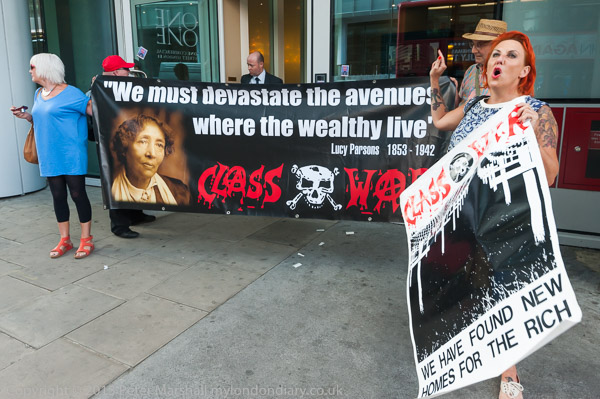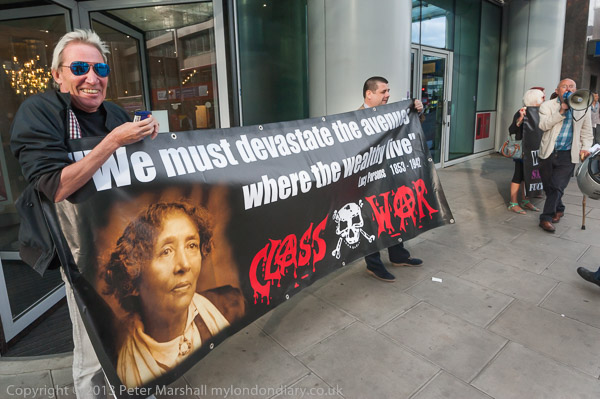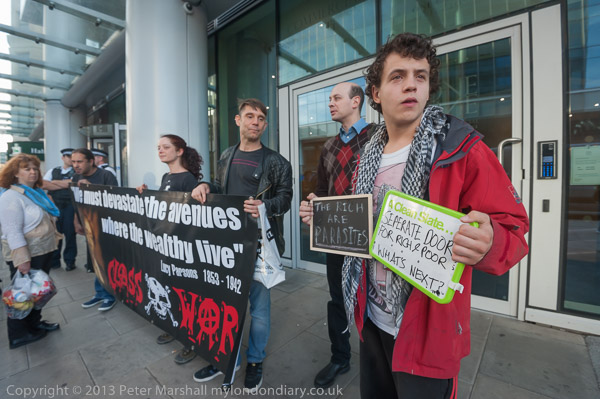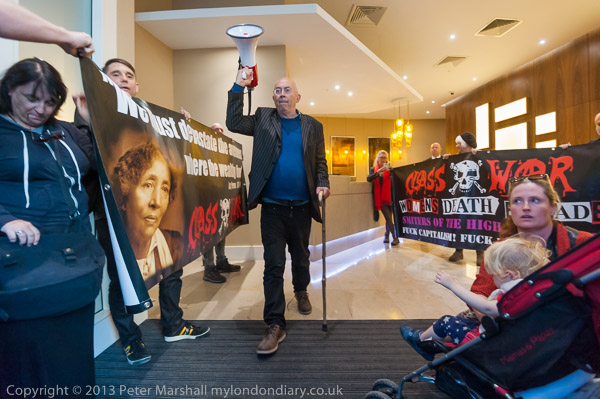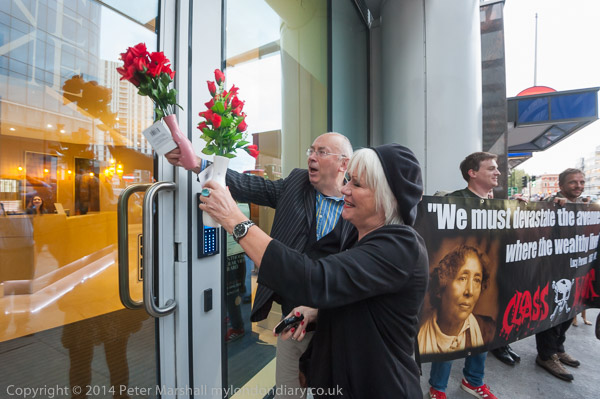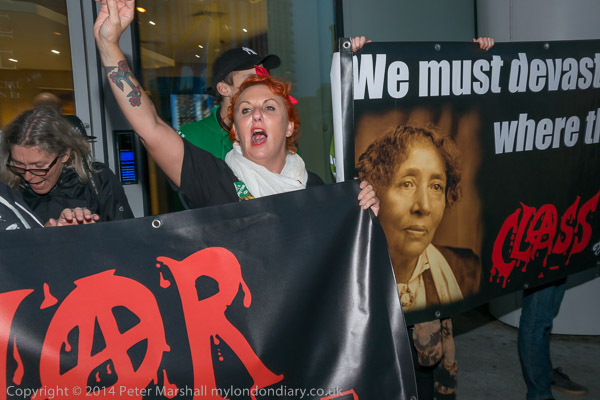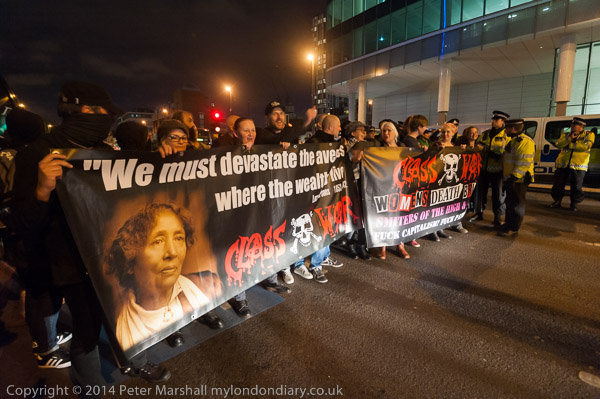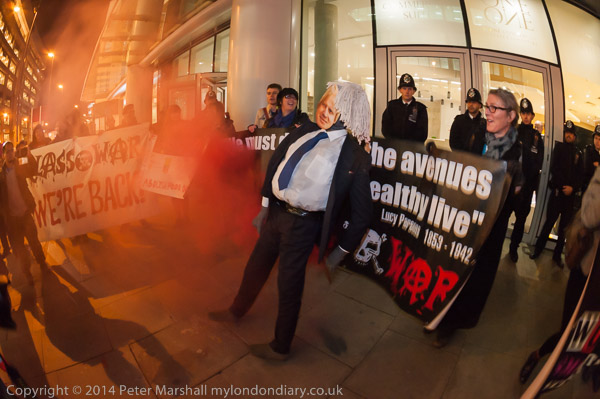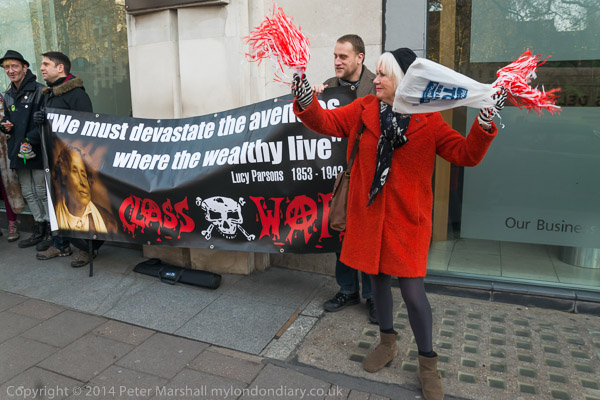Although the Magnum web site contains 34 pictures from Henri Cartier-Bresson’s book ‘The Europeans‘, one of his best-known and best-loved images is missing from there and apparently not available from Magnum. I learnt this, and the reason why from a post ‘Fondation Henri Cartier-Bresson : Pearls from the Archives’ on ‘The Eye of Photography’ which features it, Rue Moufettard, 1952, along with a short text about this picture of a excessively and cheekily proud young boy on a street corner with two large bottles (appropriately magnums) of wine, one cradled in each arm.
The text that accompanies it begins with the sentence “Henri Cartier-Bresson is 44 years old.” Which he was when he took the picture, having been born in 1908, but it goes on to write about the 1970s when this picture, along with others became popular among collectors in the newly growing art market for photography, particularly in America. While a few years after he took in he included it in his 1955 book Les Européens (The Europeans), by the 1970s he “didn’t completely recognise himself in this image and refused all reproduction. It is no longer offered by Magnum Photos nor printed for collectors.“
It is perhaps rather more straightforward a picture relying on the body language and expression of that boy, a rather more ‘human’ image than the rather cooler complexity he favoured. As the text says, because of its “bonhomie and construction” it was often mistakenly attributed to “his friend Robert Doisneau.” While most of us would be very happy to have our work mistaken for Doisneau’s, apparently Cartier-Bresson was not amused.
It isn’t one of my real personal favourites among his pictures, though certainly I think one of his more memorable works, and one that no overall assessment of his photography should omit.
The text continues to look at why the price of Cartier-Bresson’s “prints took a while to take off” in the art market; (it actually uses the term “value” which for me has no relation to art market prices.)
I’m delighted to find that he refused to limit the number of prints of the same image when the art market forced many photographers into producing limited editions in the 1990s; I imagine he, like me, thought this was to go against the essential nature of the photographic medium. Less delighted to find that because of “the impossibility of controlling his works’ quality and interpretation” he forbade “post-mortem prints” of his work. Though given the incredibly wide circulation of high quality reproduction of his works through books, prints are largely an irrelevance.
You can of course still buy a copy of this print which currently goes at auctions for around $20,000 – or you can see it in museums or view it on line at numerous locations including galleries and auction houses and in many books. You simply can’t keep a good photograph down.
